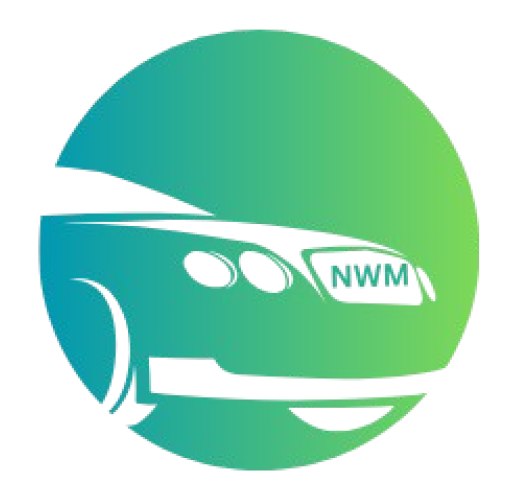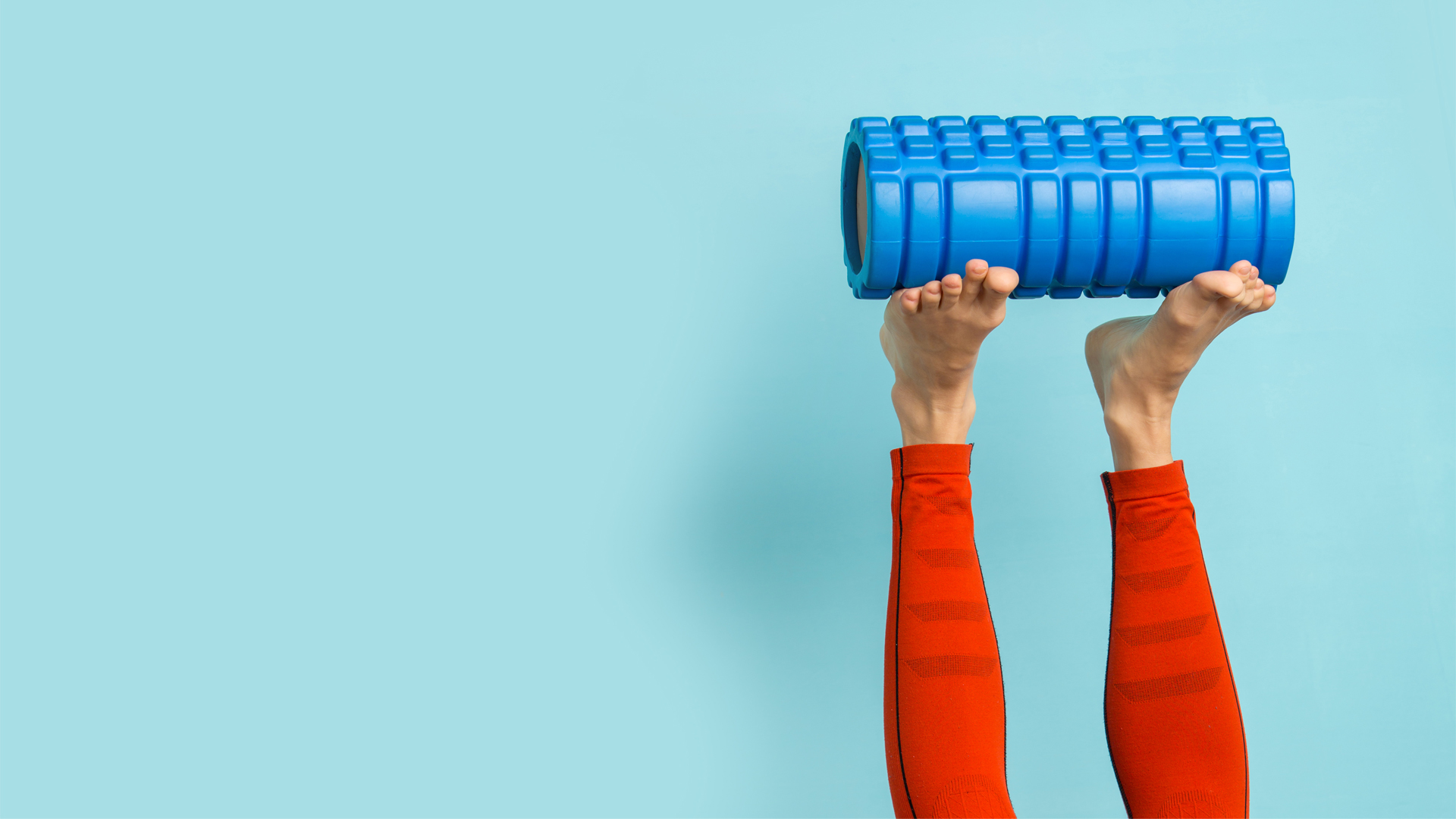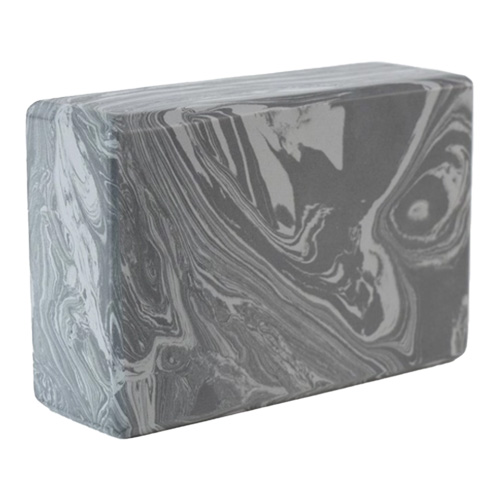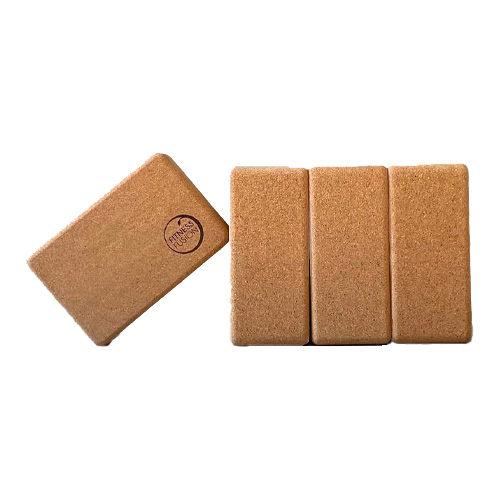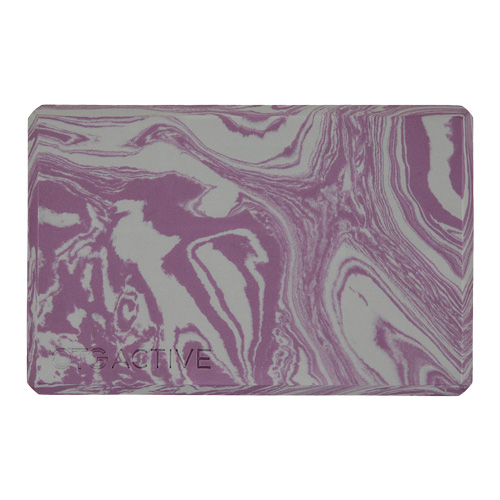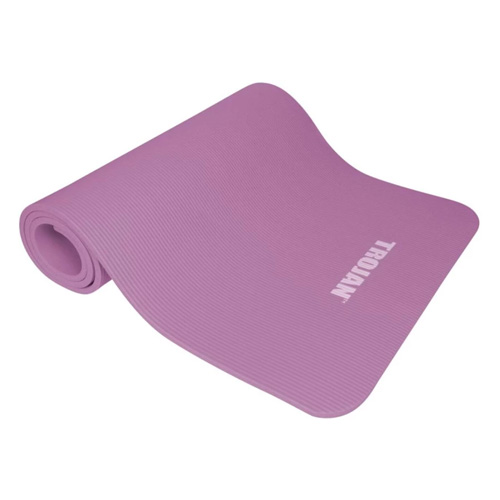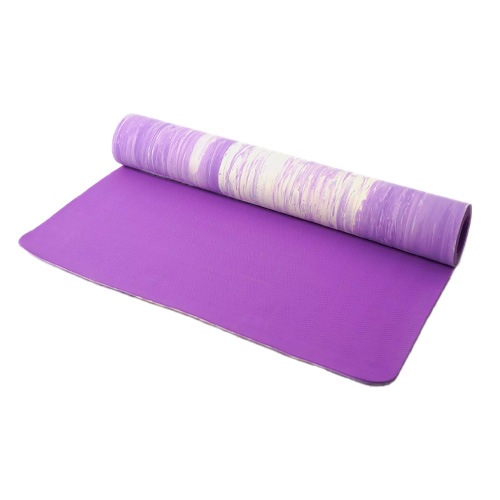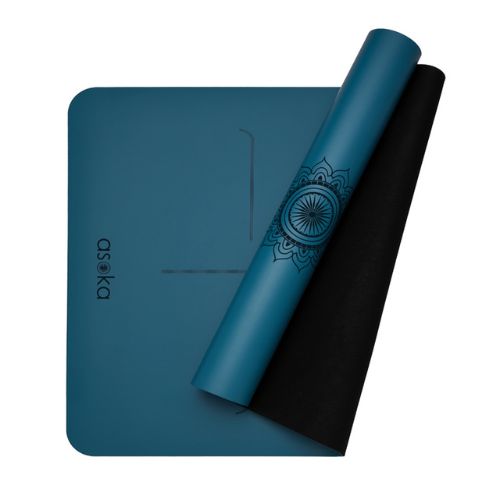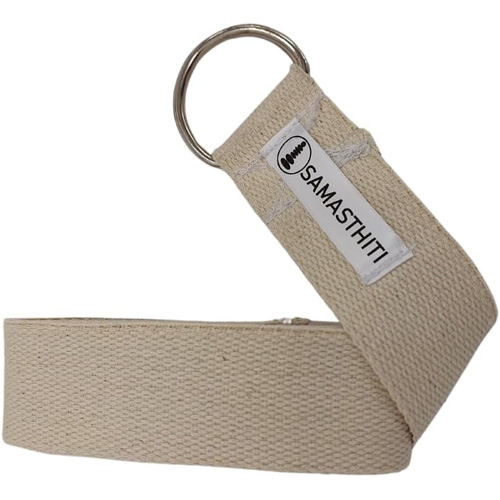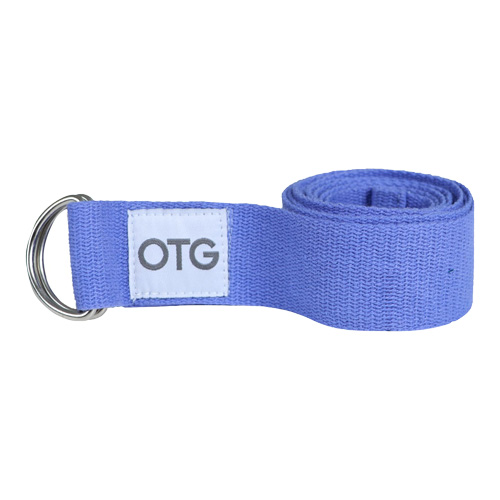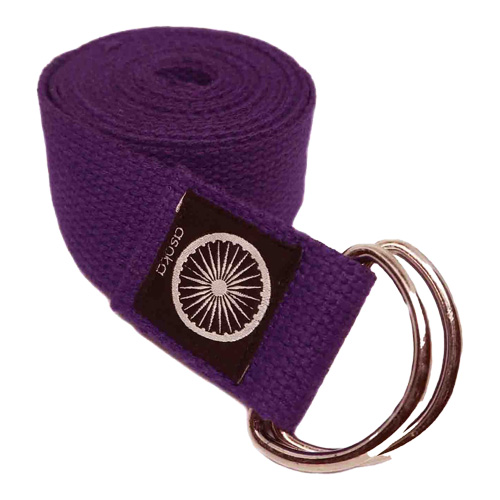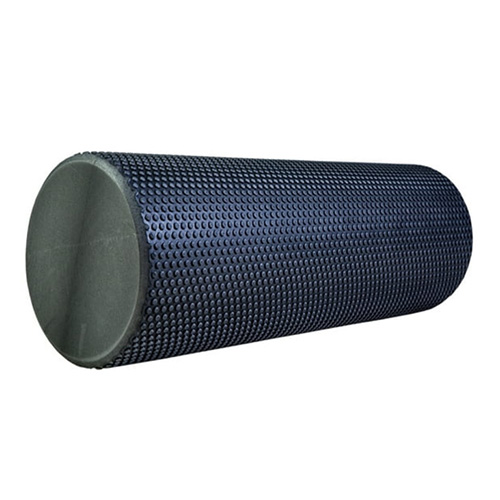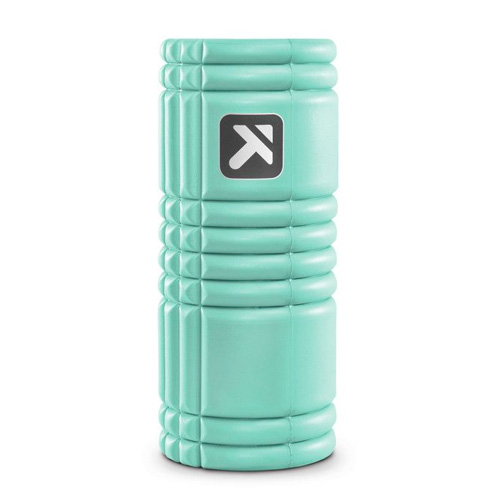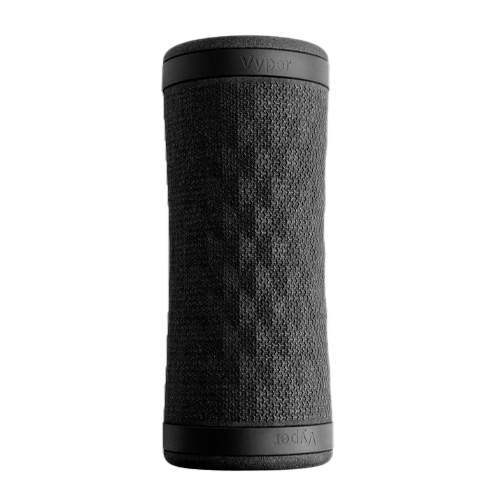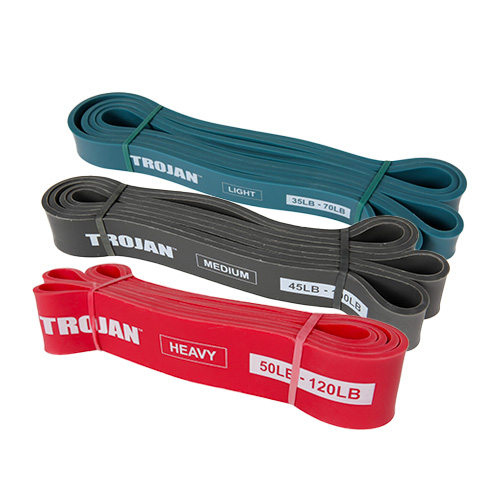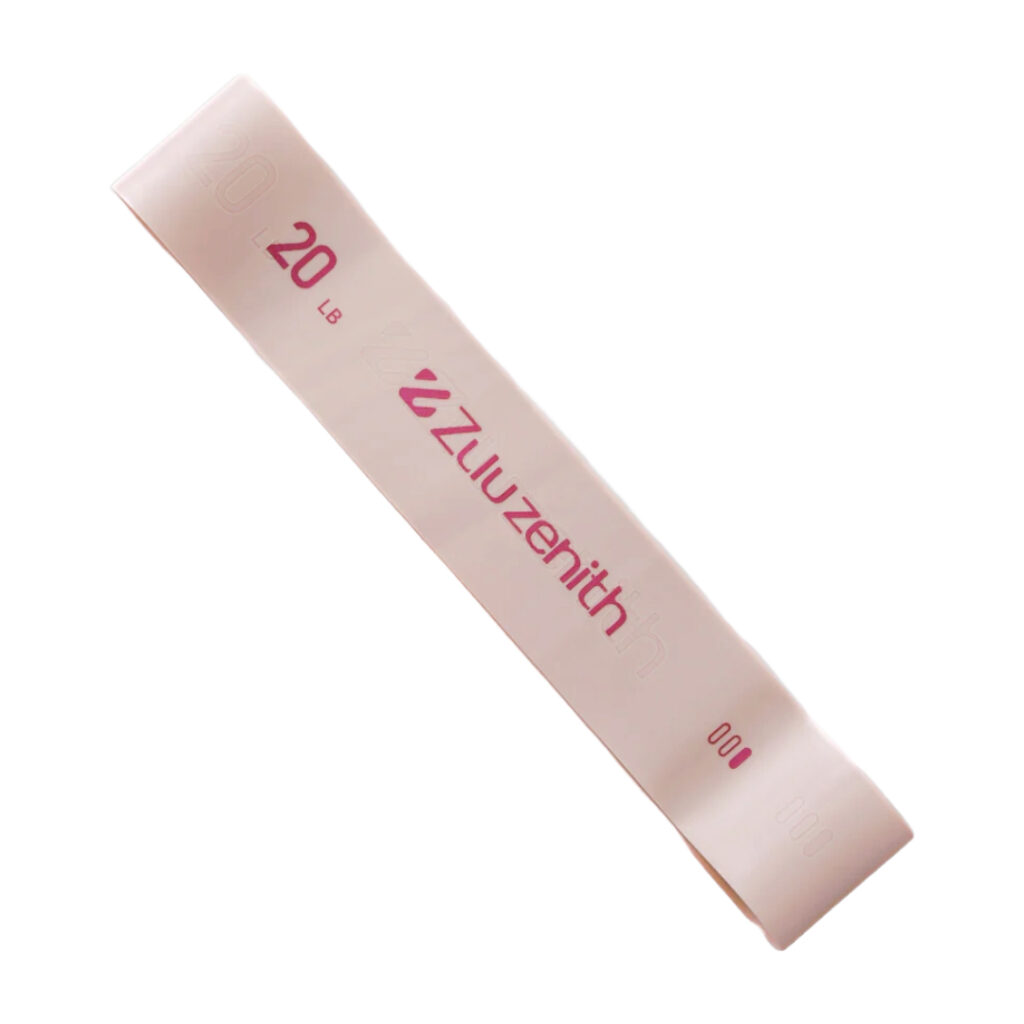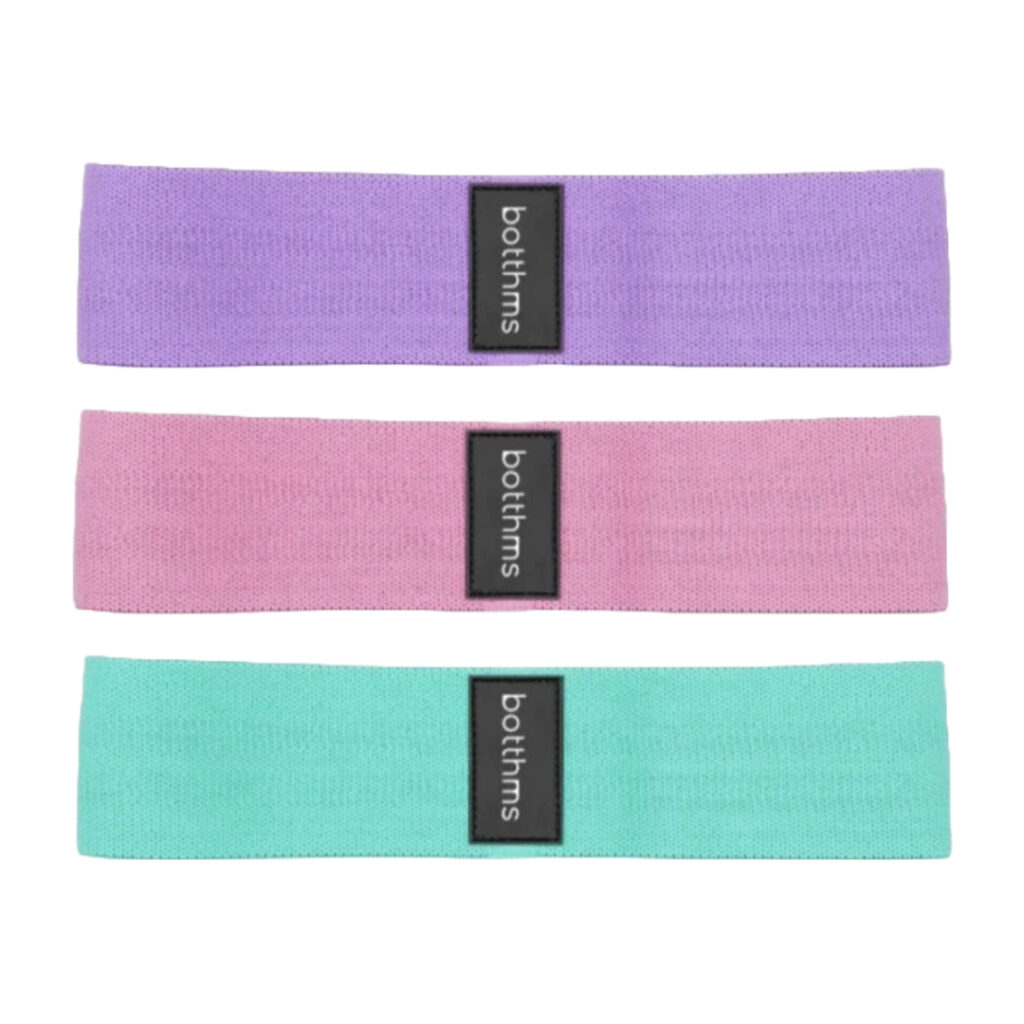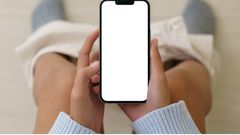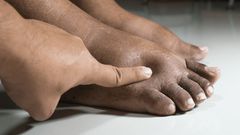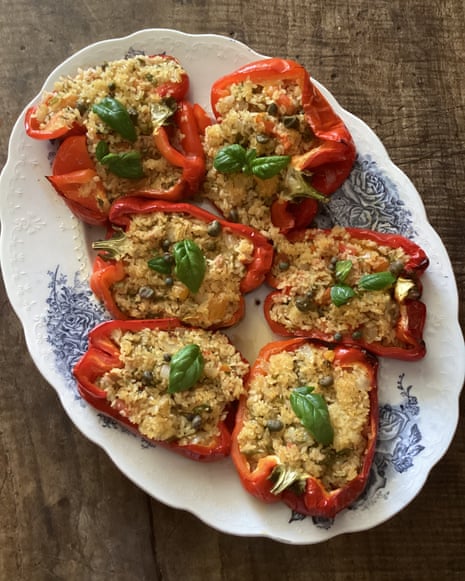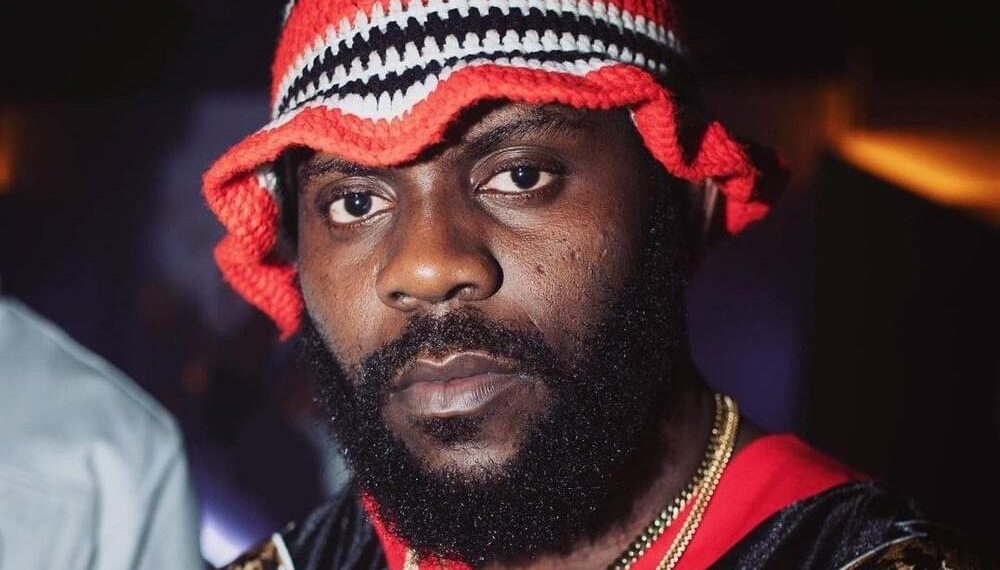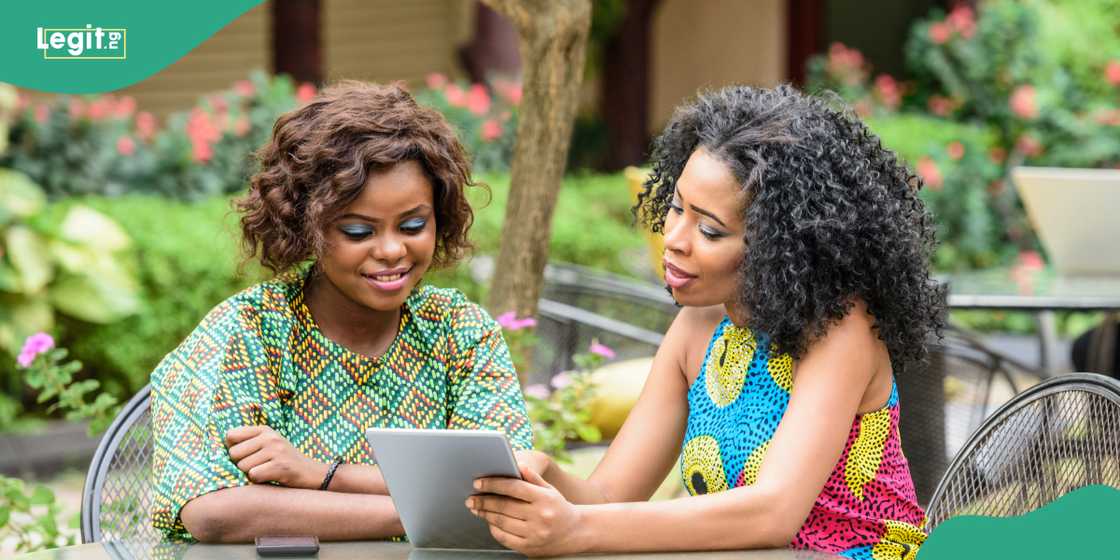When many people in Nigeria and across West Africa envision yoga or stretching, the image is often simple: a mat, slow breathing, and gentle movements to relieve stress. However, one element often overlooked is the use of props. For beginners and long-time practitioners alike, yoga props can transform the experience—making stretches safer, more comfortable, and far more accessible, regardless of your age, shape, or flexibility level.
Yoga experts emphasize the pivotal role props can play for those starting out or looking to deepen their routine. According to a prominent yoga instructor featured on Instagram at Connect With Ora (and WH Cover Search 2024 finalist), “Props are an amazing way to support your practice!” Likewise, physiotherapist Wimpie van der Meijden, based in South Africa and founder of the Athletic Recovery Centre in Cape Town, shares that you don’t need elaborate equipment—just a few carefully chosen props can elevate your yoga or stretching session. “These tools are meant to support your exercise program,” he notes, a message that resonates in Nigeria where resourcefulness is often key.
Meet the experts: Wimpie van der Meijden, physiotherapist and founder of Athletic Recovery Centre in Cape Town; Connect With Ora on Instagram, a yoga instructor and WH Cover Search 2024 finalist.
Why Use Props In Yoga & Stretching?
Props make yoga more accessible by reducing the risk of injury, supporting proper alignment, and making it easier to hold and enjoy challenging poses. For those in Nigeria, Ghana, or other West African communities—where home exercise is popular due to crowded gyms and busy schedules—props are an affordable solution to make home routines just as effective as some classes abroad.
While props are not a new concept, they gained widespread adoption through Iyengar yoga, which introduced items like blocks, straps, and bolsters to help people of all abilities maintain good posture and relax into poses.
Do Beginners Really Need Yoga Props?
Can you do yoga without props? Absolutely—but you might struggle with alignment, risk injury, or simply find some movements too intense. For West African beginners—young, old, or somewhere in between—props are a simple way to adapt each pose to your body, make early progress, and stay motivated. That’s why wellness experts routinely recommend these five fundamental yoga tools for anyone just getting started.
The Only 5 Tools You Really Need
1. Yoga Block
According to Matla, yoga blocks are indispensable: “Yoga blocks are great for deepening your stretches – for example, in pigeon pose, you can place a block underneath your front hip to create a more active stretch.” Blocks make difficult poses more approachable by bringing the ground closer, easing tension in tight hips, hamstrings, or shoulders. For Nigerians trying out yoga at home, this is especially helpful if you’ve spent much of the day seated in traffic or working at a desk.
For beginners, blocks offer maximum versatility. As Matla adds, “Blocks are the most versatile tool. They let you position yourself more comfortably so you can relax into poses or safely deepen your stretch.”
What Can I Use Instead Of A Yoga Block?
While blocking may sound technical, you don’t have to break the bank—if you don’t own a dedicated block, sturdy books or a tightly rolled towel can serve in a pinch. Blocks, however, remain budget-friendly; the recommendations above generally cost between ₦6,000 and ₦12,000, making them accessible for most Nigerians.
2. Yoga Mat
A yoga mat isn’t just a surface for stretching; according to van der Meijden, it’s crucial for both safety and comfort. A good mat prevents slipping and cushions your joints—especially during the hot season when floors are often hard and tile can be unforgiving. For Nigerians practising at home, a reliable mat also offers a dedicated space for wellness routines, encouraging consistency.
What’s The Best Yoga Mat Thickness?
Choosing the right mat thickness makes a difference. For most, a mat around 4-6mm offers enough balance and protection for knees and wrists. Thicker mats (8-10mm) offer extra comfort, ideal for restorative stretches, prenatal yoga, or those with joint pain—a common concern in Nigeria’s older population.
3. Yoga Strap
Straps are essential for extending reach in hamstring stretches, binds, or shoulder openers, all while reducing strain. Think of it as an extension of your arm, allowing you to bypass limited flexibility and focus on proper technique. For beginners around Lagos, Accra, or elsewhere, this means feeling empowered rather than frustrated.
Matla shares a personal perspective: “My favourite [prop] is a yoga strap, for those poses where you just yearn to reach your toes. It reduces performance pressure and tracks your progress—soon, your hands will move further along the strap as you improve.”
Can I Use Household Items Instead Of A Yoga Strap?
Don’t have a dedicated strap? No worries—a towel, scarf, or belt works too. In fact, many Nigerians have improvised this way for years, using what’s readily available to improve flexibility and make stretching approachable for anyone at home.
4. Foam Roller
Research shows that foam rolling, when done correctly, can help ease muscle tension and temporarily boost mobility. It’s not just a trend—physiotherapists worldwide, including van der Meijden, recommend foam rolling for muscle recovery in everyone from athletes to office workers.
Are Foam Rollers Safe For Everyone?
For most people, foam rollers are safe. However, Nigerians or others recovering from injury or surgery should consult a licensed physiotherapist—or a local healthcare provider—before adding this tool. Beginners may prefer a softer, lower-density roller to avoid discomfort.
5. Resistance Bands
Resistance bands offer the flexibility to perform assisted stretches, warm-ups, or introduce gentle resistance—blending yoga and strength training. Van der Meijden explains that bands are excellent for dynamic warm-ups as well as supporting deeper stretches and muscle activation, making them a smart buy for Nigerians looking to build strength without heavy gym equipment.
Bonus Props Worth Trying
Keen to expand your kit? Consider adding some extras for a richer home practice:
- Bolster or cushion – perfect for restorative or yin yoga, providing soft support for longer holds.
- Blanket or towel – adds padding for sensitive knees, or assists in seated stretches.
- Yoga wheel – great for backbends and deep heart-opening poses, which can be particularly relieving after long days.
- Wall or chair – practical support for balance and accessible modifications. These everyday items can turn any West African home space into a makeshift yoga studio.
Best Yoga Props for Home Practice
Limited on space? A simple chair or wall can serve as valuable props, especially for those living in Lagos, Abuja, Accra, or other bustling cities. They’re accessible, practical, and help newcomers build confidence before investing in specialty equipment.
Safety Tips For Using Props
Van der Meijden emphasizes the importance of safety: “Props should work alongside a structured routine. If ever in doubt about proper technique, consult a registered physiotherapist or experienced instructor.” In Nigeria, where fitness resources may vary city to city, guidance from local experts or community instructors is especially valuable.
A few safety guidelines include:
- Use props to support, not substitute, proper form and conscious effort.
- Avoid the temptation to force stretches—ease in gradually and focus on alignment.
- Regularly clean mats, straps, and rollers to maintain both hygiene and grip, especially in West Africa’s warm climate.
- Opt for softer or padded props if new to yoga or stretching.
- If you’re recovering from illness or injury, always get the green light from a healthcare professional before beginning.
